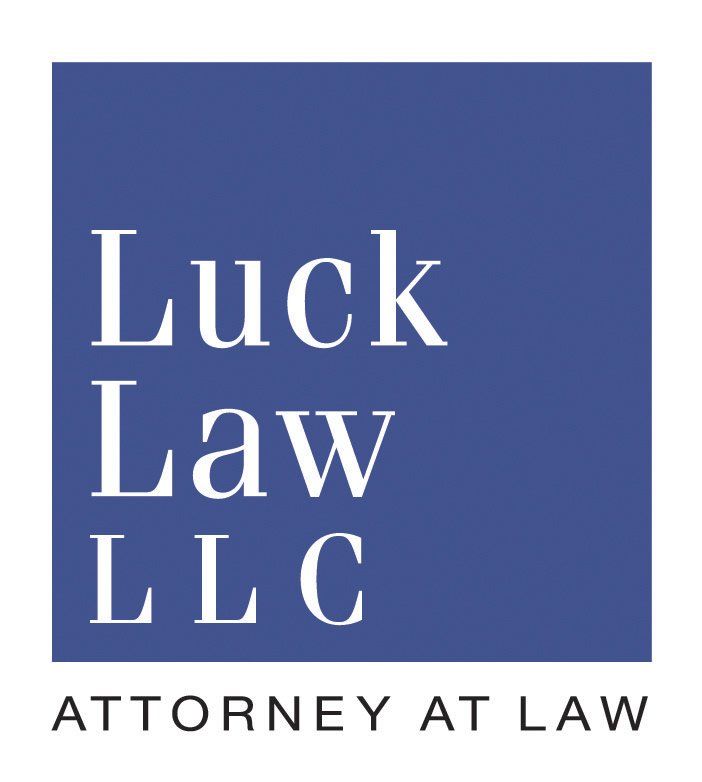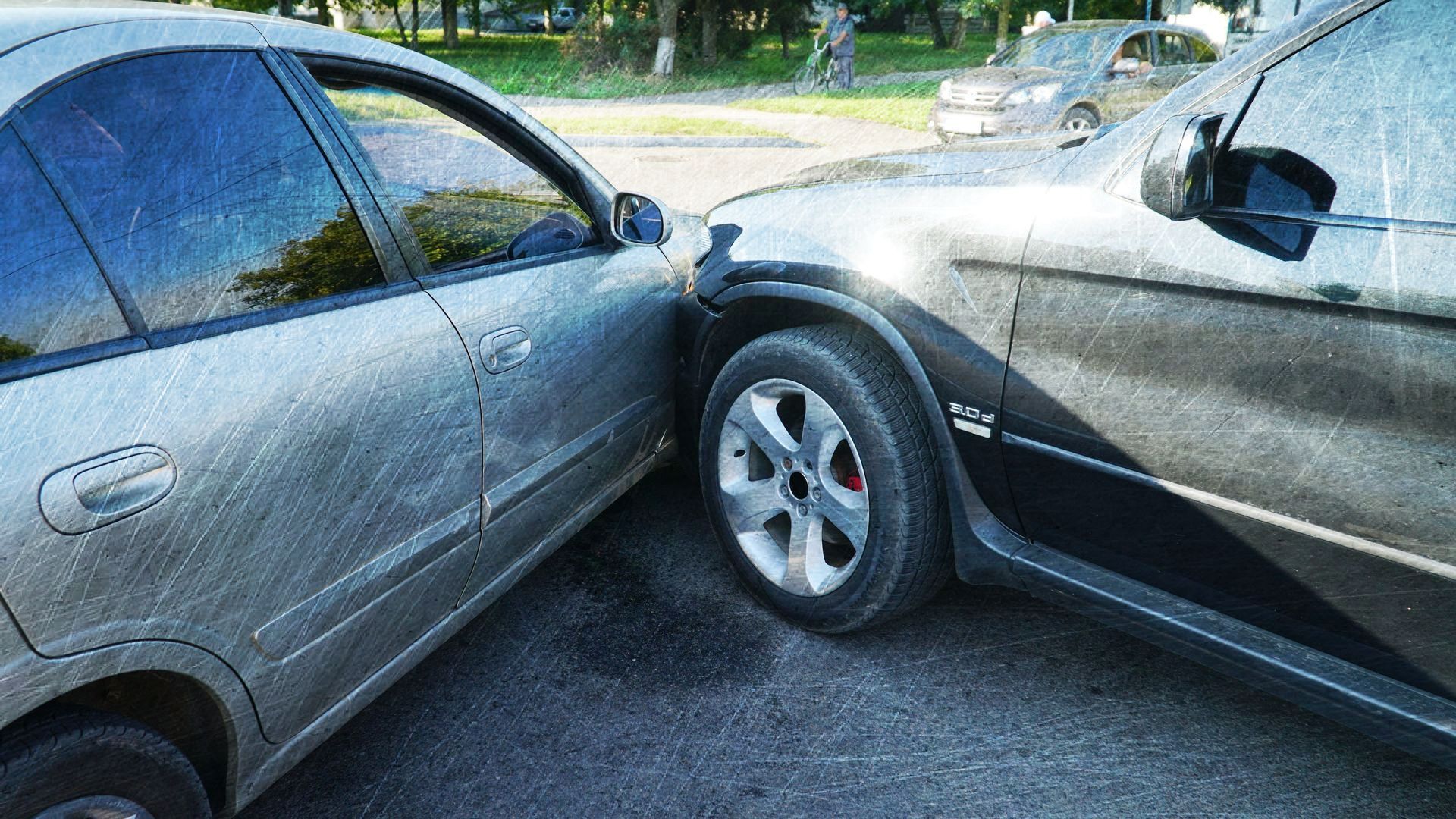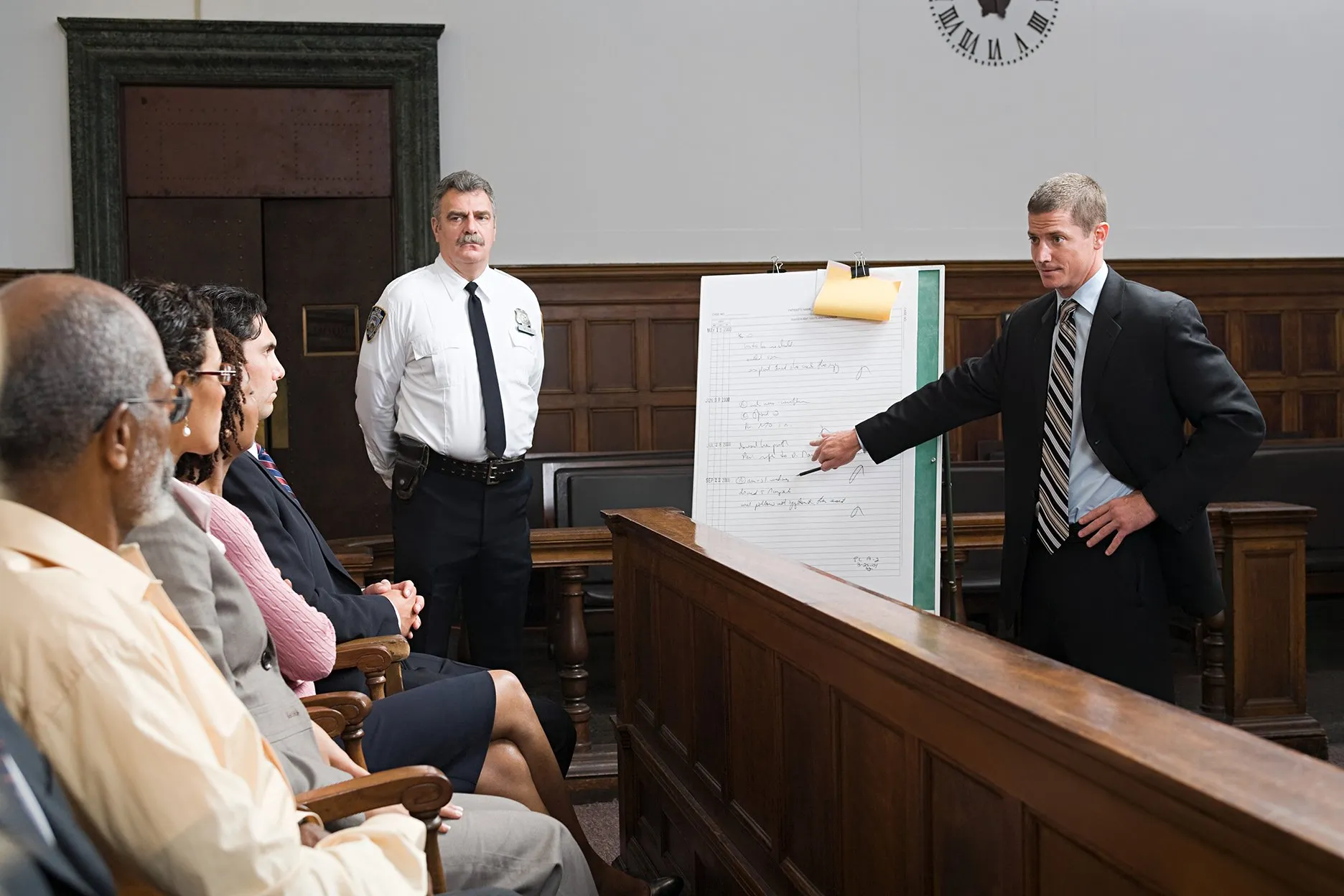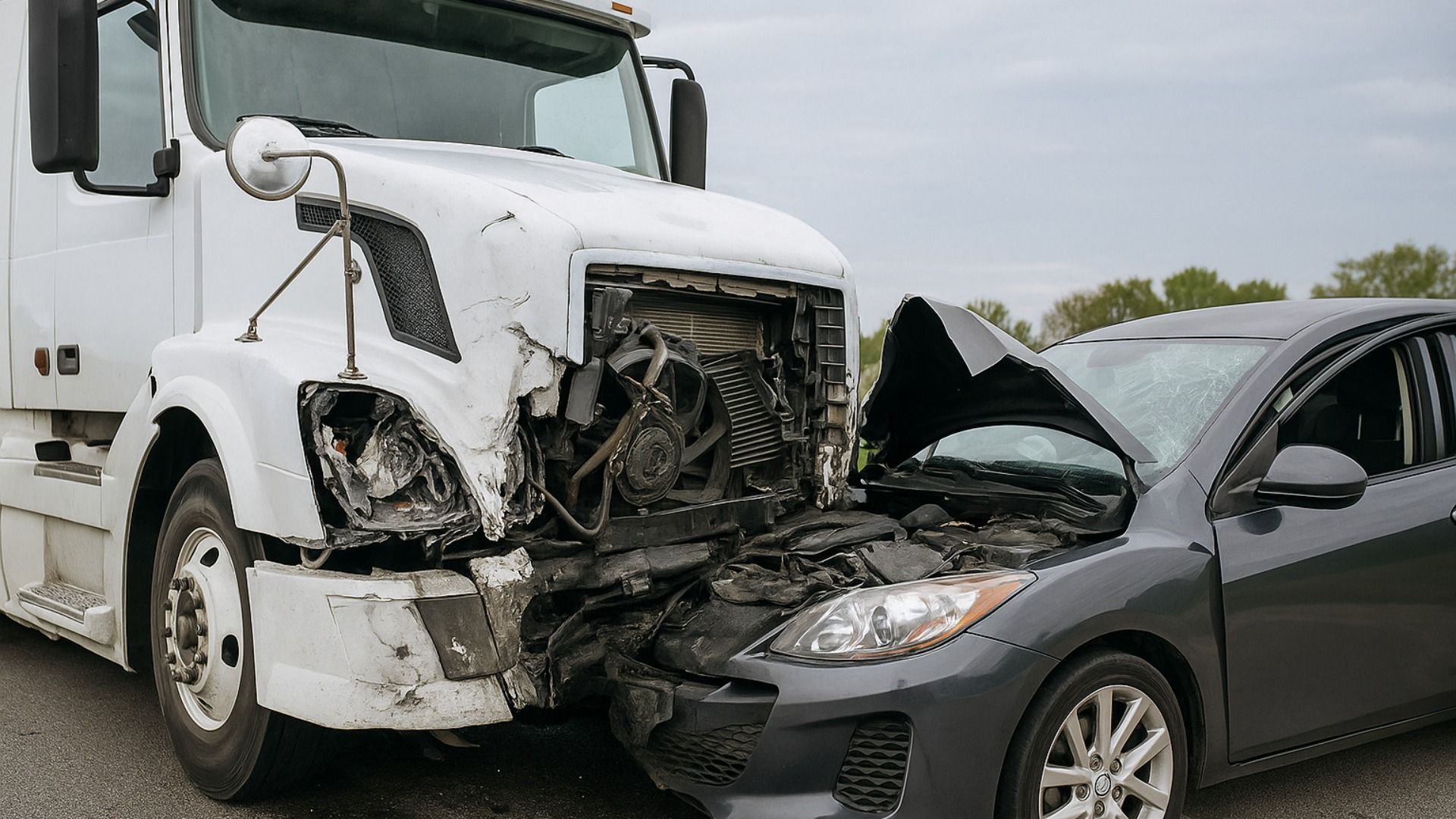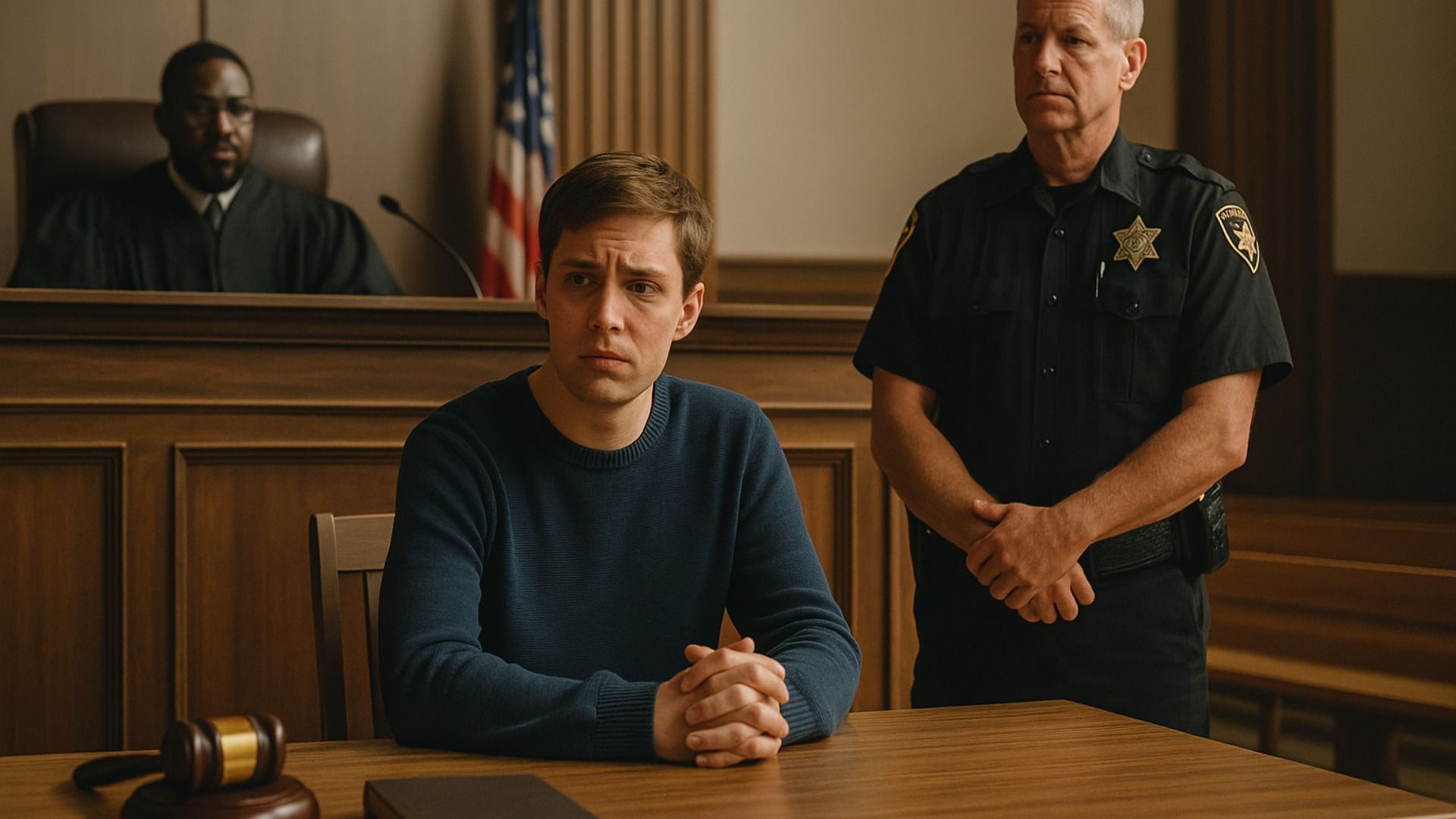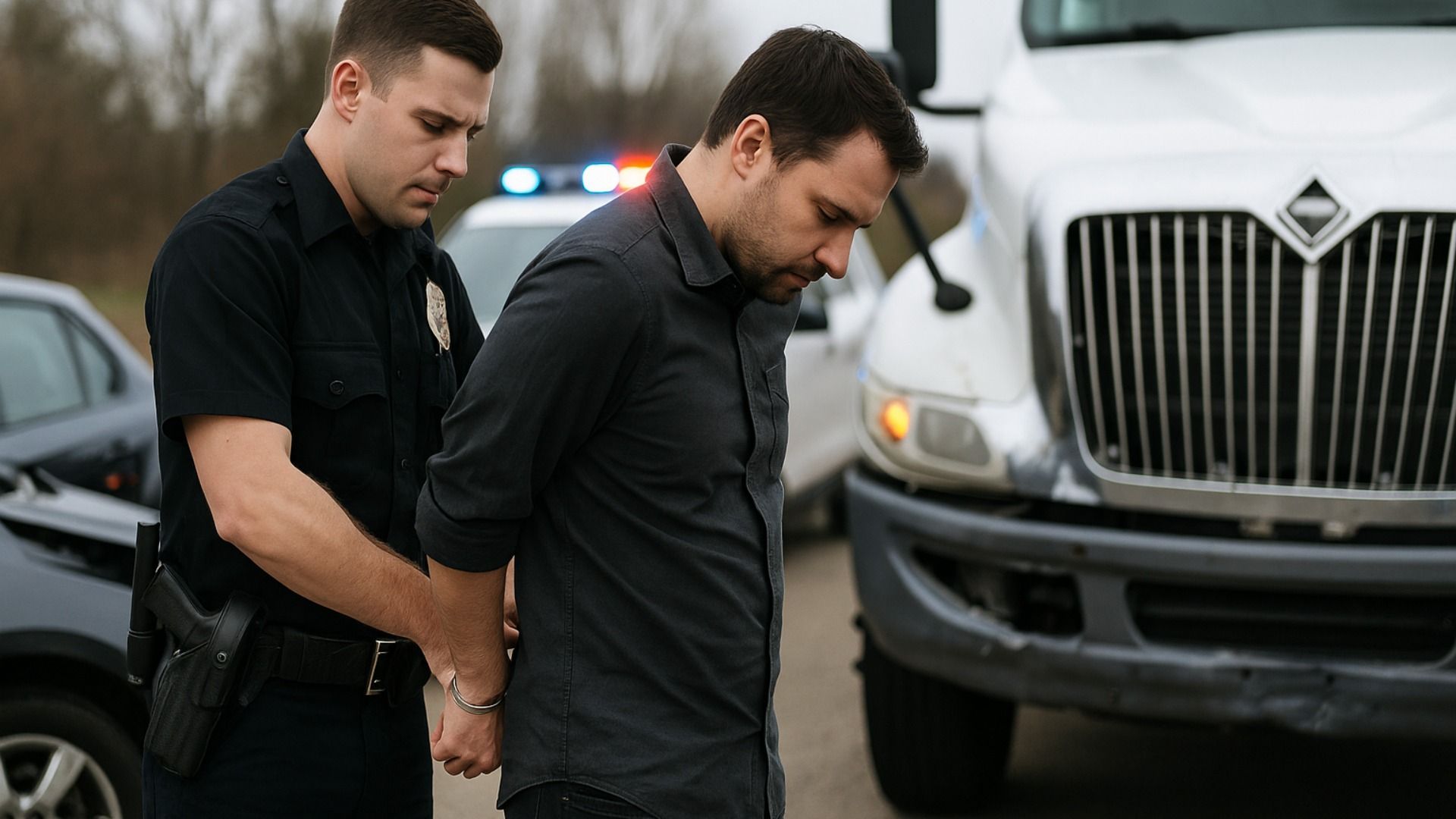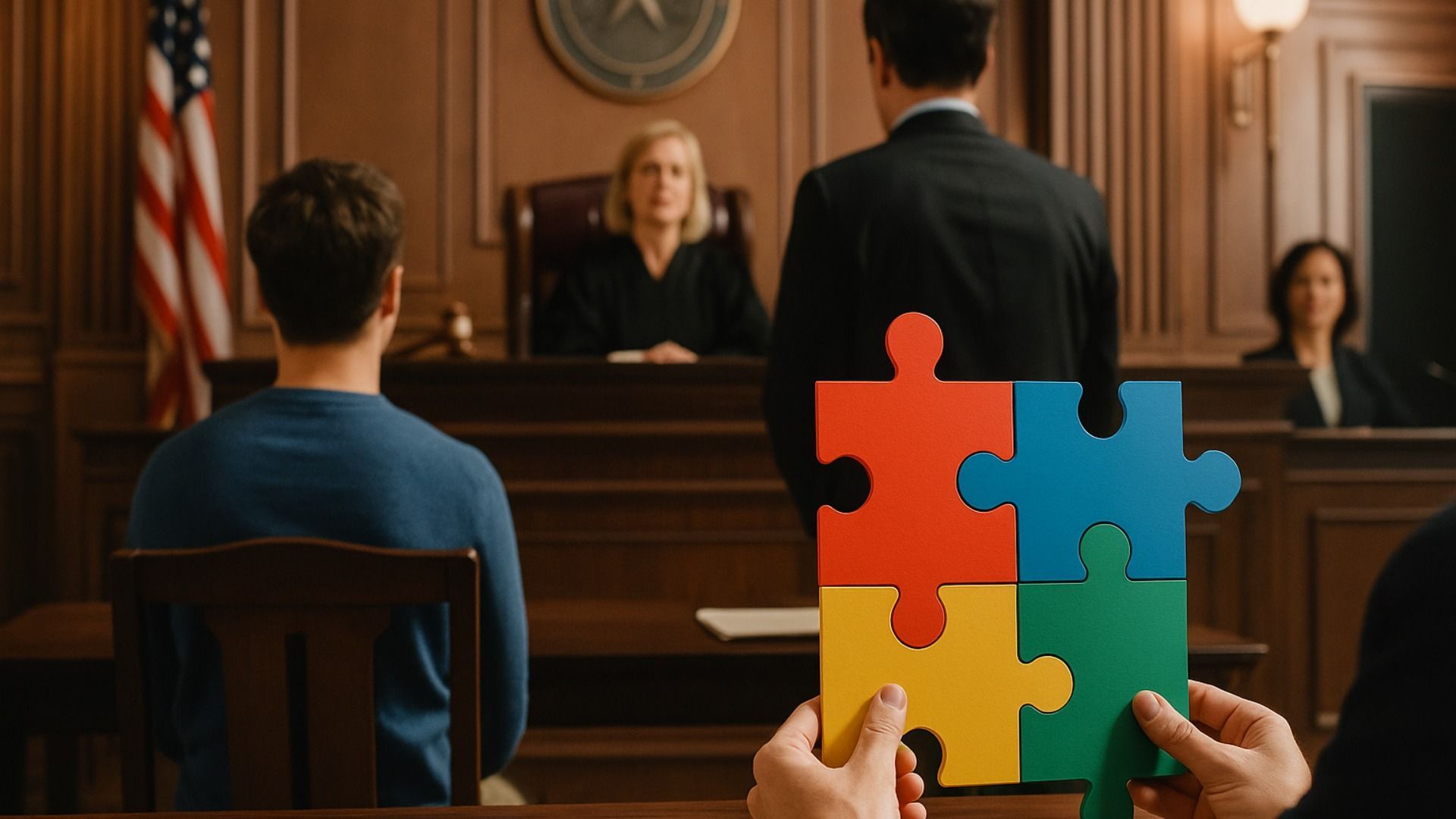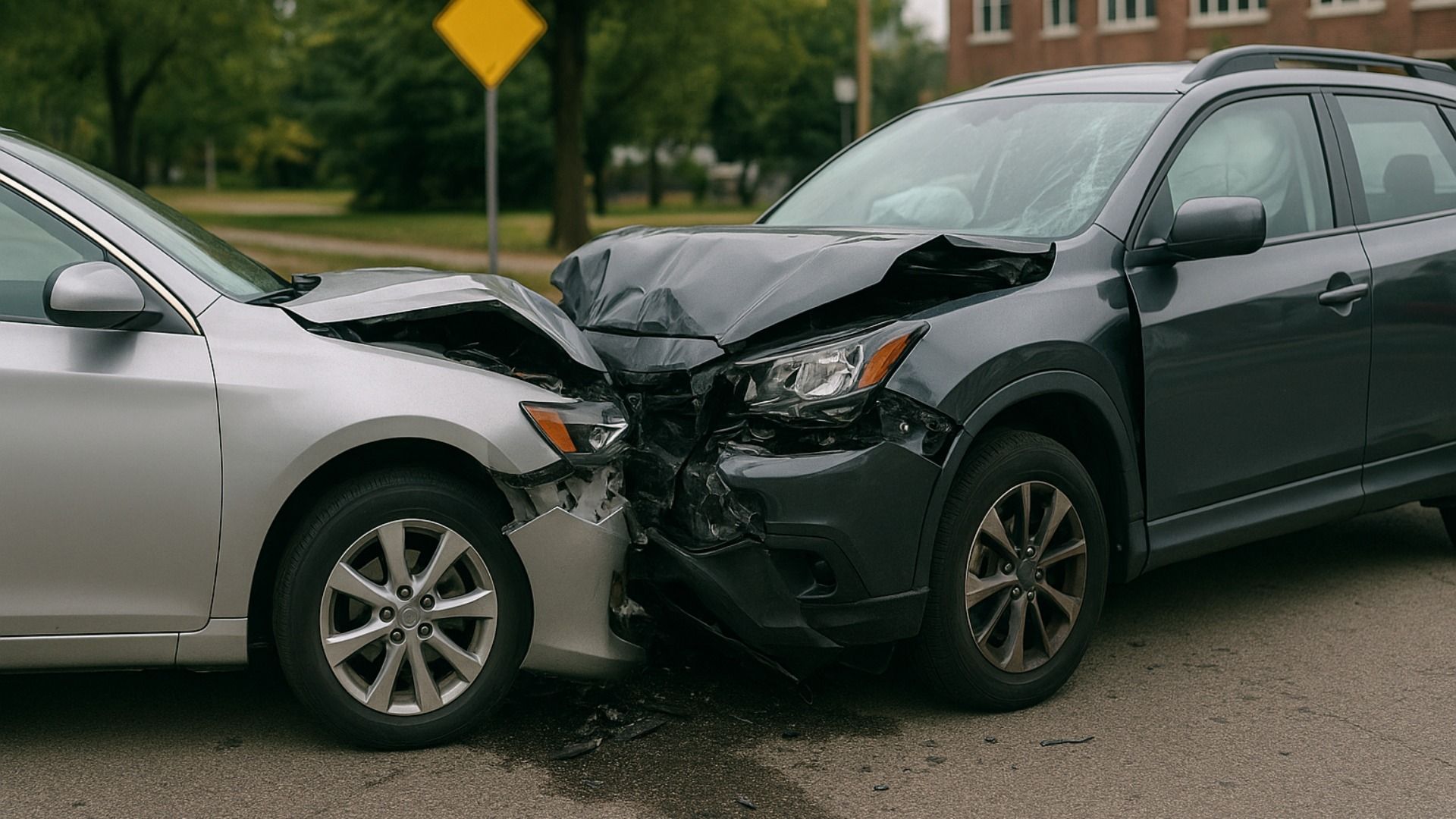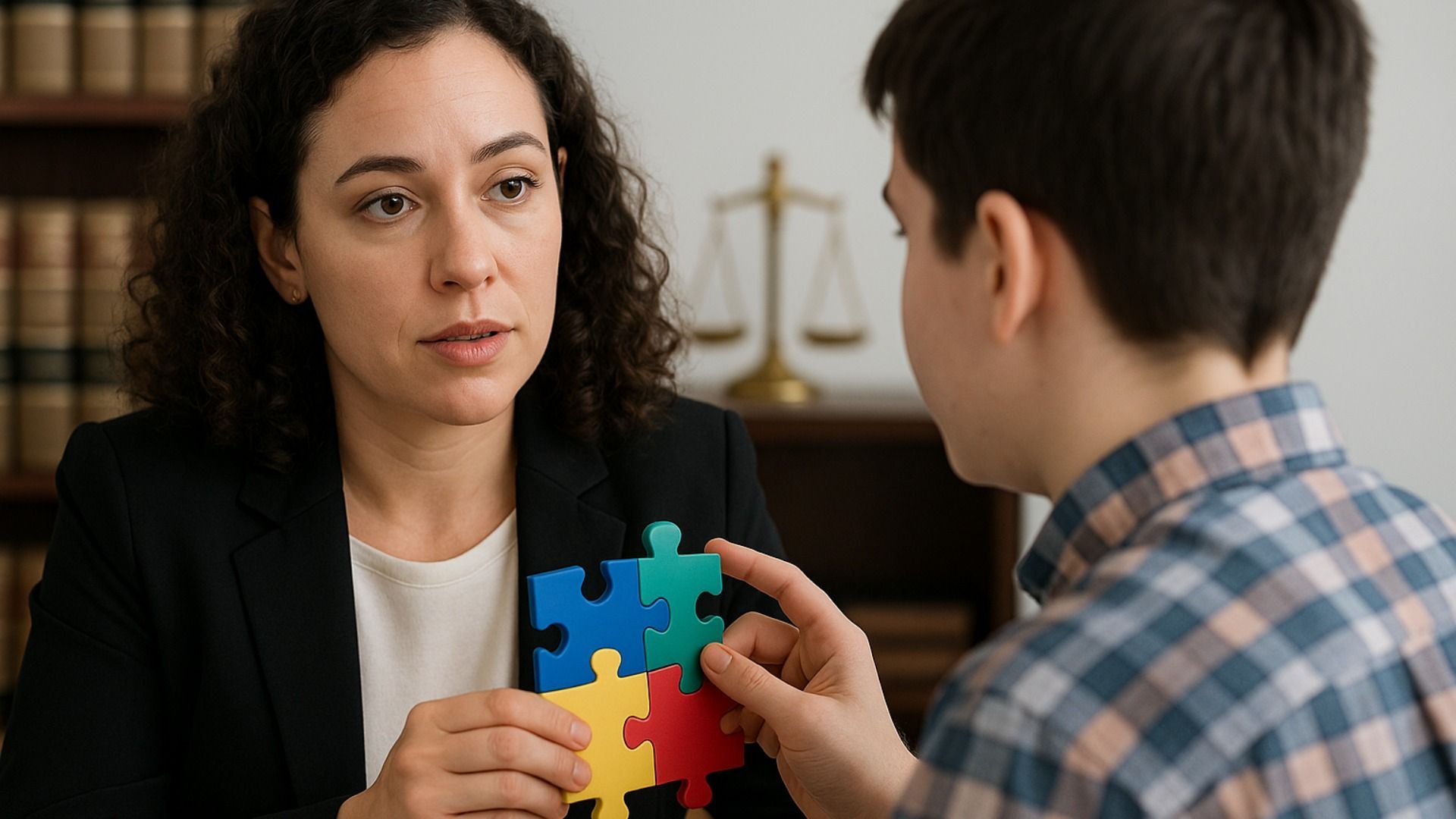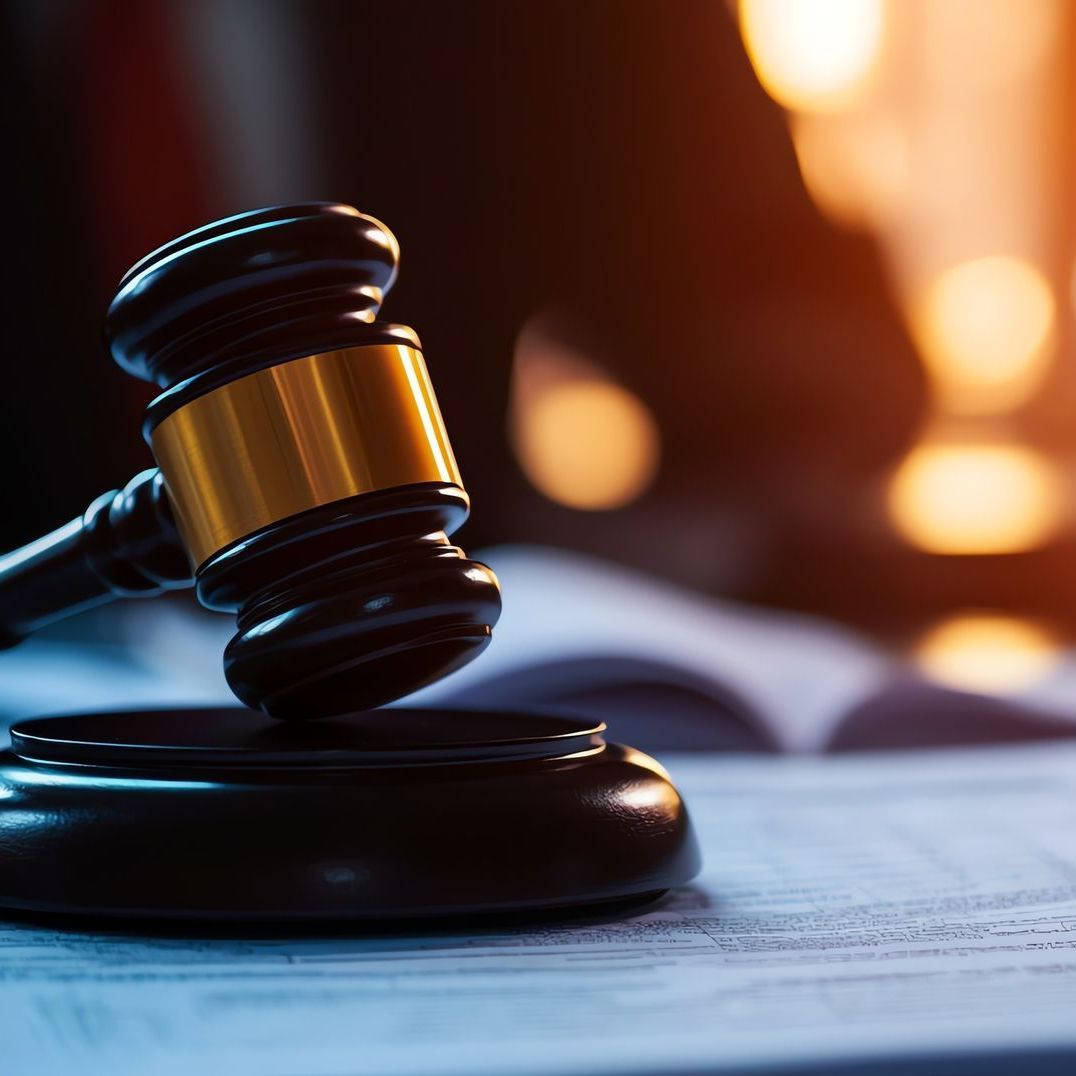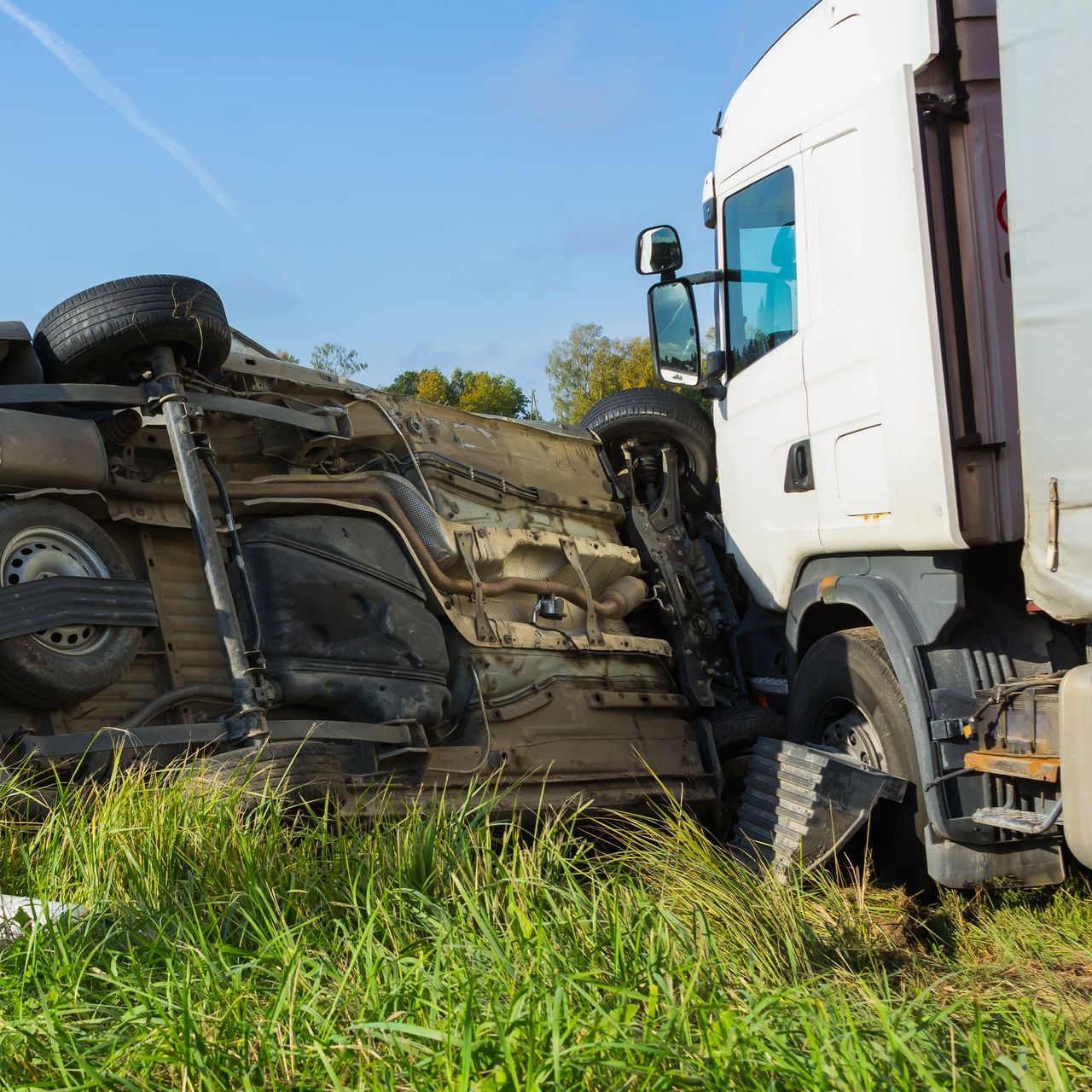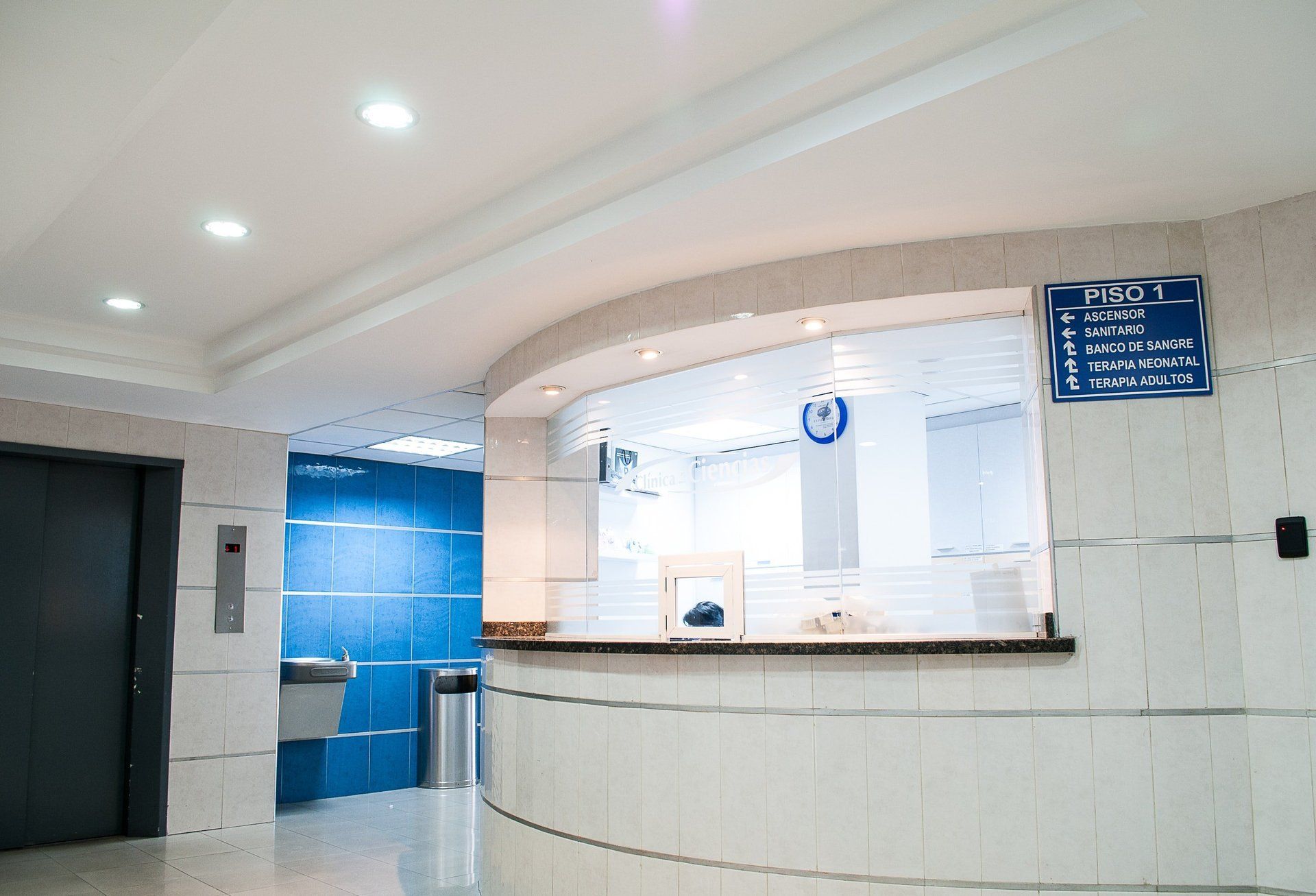How Do You Prove Another Driver Caused Your Car Accident?
How Do You Prove Another Driver Caused Your Car Accident?
Alabama is a fault-based state when it comes to car accidents, which means the at-fault driver’s insurance should cover the losses of injured victims. However, you must establish which driver caused the accident before you can recover compensation from their insurer.
This process is best left in the hands of an experienced car accident lawyer who understands Alabama laws and standards regarding car accident liability. Consult with Luck Law LLC about a possible car accident claim today.
When is Another Driver at Fault?
Another driver may be liable for a car accident if they acted negligently or breached their duty of care while operating a vehicle. Several types of conduct can lead to liability, including:
- Distracted driving
- Speeding
- Drunk or drugged driving
- Failure to yield the right of way
- Running stop signs or red lights
- Aggressive driving or road rage
- Street racing or other types of reckless driving
- Fatigued driving
- Violating any other traffic laws
Any time a driver fails to drive safely and carefully and causes an accident, they should be responsible for covering all the resulting injuries and losses. Their insurance company will not simply take your word that the policyholder was negligent, however. Instead, your car accident attorney will need to present persuasive evidence of negligence and fault.
Evidence Commonly Used to Prove a Driver’s Fault
Various types of evidence can be instrumental in establishing a driver’s negligence, and the following are only a few examples.
Traffic violations and citations - Any tickets or citations issued by law enforcement officers at the scene can serve as strong evidence of a driver's negligence. Arrests and convictions for driving under the influence are also proof of fault.
Police reports - Law enforcement officers often compile detailed reports at the accident scene, providing an official account of the incident, including any citations issued. These can be persuasive during the insurance claim process, though they might not be admissible in court.
Driver statements - Admissions of fault or guilt made by the at-fault driver at the scene or in subsequent communications can be compelling evidence.
Eyewitness testimony - Statements from individuals who witnessed the accident can offer valuable perspectives on what transpired and who was at fault.
Photographs and video footage - Pictures taken at the scene, showing vehicle positions, damages, road conditions, and any relevant signage, provide visual documentation of the accident's aftermath. Surveillance cameras, dashcams, or even nearby business security cameras may have recorded the accident, offering a clear visual record of events.
Accident reconstruction and other expert analysis - Utilizing expert testimony and analysis, accident reconstruction specialists recreate the collision, helping to determine how it occurred and who was at fault.
Cell phone records - If distracted driving is suspected, cell phone records can reveal whether the at-fault driver was using their phone at the time of the accident.
Seek Assistance from an Alabama Car Accident Attorney
Collecting and presenting evidence requires a thorough understanding of personal injury law and the legal process. Consulting with an experienced car accident attorney from Luck Law is essential for gathering all relevant evidence to establish the at-fault driver's negligence.
Contact us for your free, no-obligation consultation today.
